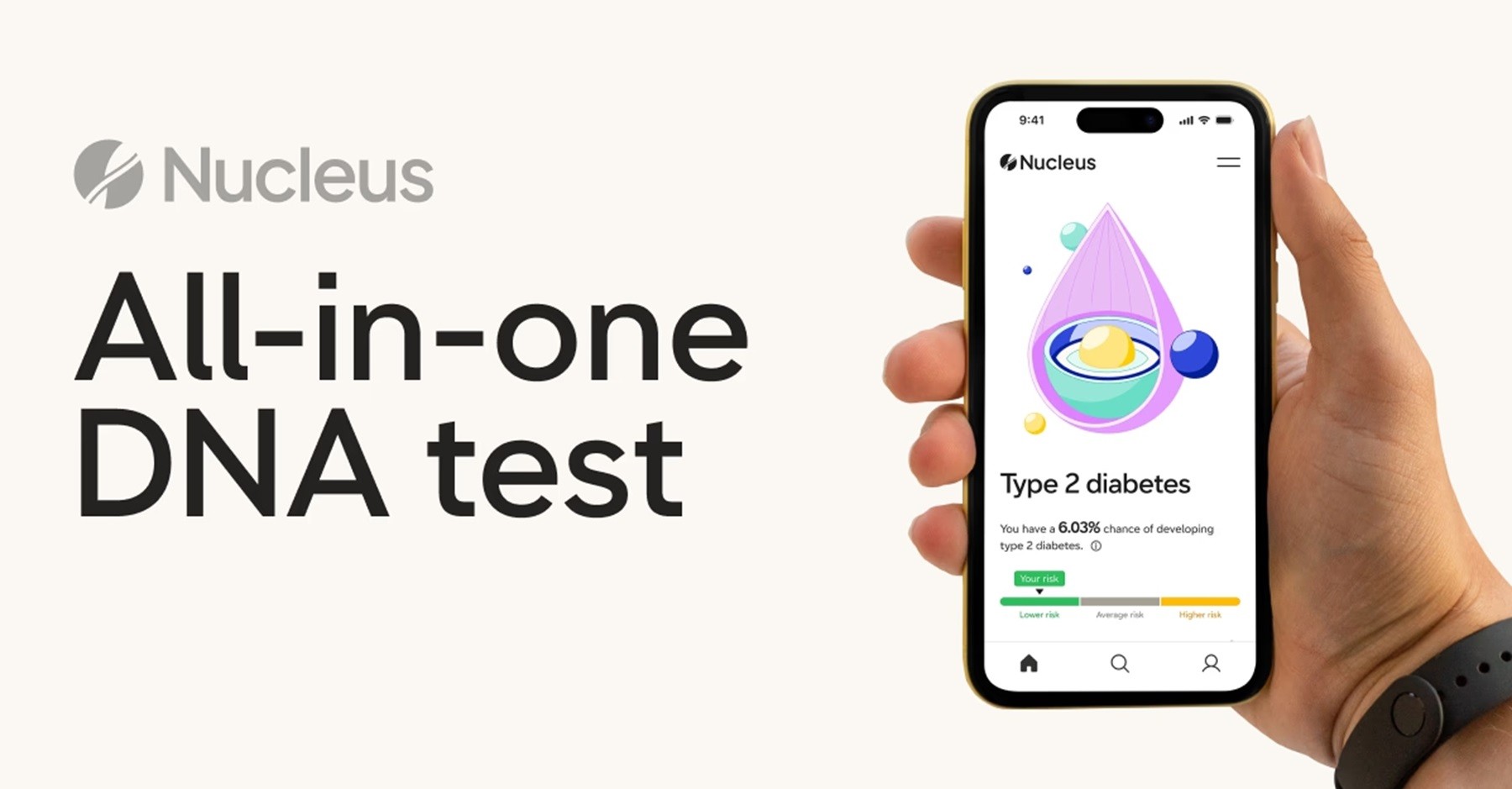If you’ve been following Peter Attia for a while, you know he’s a proponent of routine blood tests. He regularly talks about them in podcasts, public appearances, and his book, Outlive: The Science and Art of Longevity.
We’ve scoured these sources to collect some of the most notable Peter Attia-recommended blood tests. We’ll explore how these tests can help assess your overall health and longevity, discuss how often you should take them, and examine some common tests Attia considers less essential.
What blood tests does Peter Attia recommend?
Excluding the tests you might need to take to screen for specific conditions, Attia generally recommends taking the following six:
Oral glucose tolerance test (OGTT)
Apolipoprotein B (ApoB) test
Lipoprotein (a) (Lp(a)) test
Alanine transaminase (ALT) test
Inflammation markers
APOE gene test
Below, we’ll cover the essential details of each test.
1. Oral glucose tolerance test (OGTT)

Source: Nataliya Vaitkevich
In his book, Attia highlights OGTT as a particularly important test he gives patients to assess their metabolic health. The test is primarily used to diagnose conditions like:
Insulin resistance
Diabetes
Beta cell dysfunction
The test happens in two steps:
You drink 10 oz of Glucola, a beverage with 75 g of pure glucose
Your glucose and insulin are measured every 30 minutes over two hours

Full post: Instagram
Ideally, your blood glucose levels will increase at first, after which insulin will peak. From this point on, glucose levels should gradually decrease as insulin expels glucose from circulation.
Unfortunately, this process doesn’t always work as expected. Insulin levels might spike within the first 30 minutes or stay elevated for an extended period — both of which signal potential metabolic concerns that must be addressed.
The same is true if your blood glucose levels don’t drop within the two-hour time window. According to Attia, if your glucose levels reach or exceed 200 mg/dl at the two-hour mark, this is a clear sign of diabetes.
If your OGTT results aren’t optimal, Attia suggests starting with the three most powerful levers of glucose management:
Nutrition
Exercise
He also advises effective stress management and, if necessary, medications when lifestyle changes don’t yield the expected results.
2. Apolipoprotein B (apoB) test
ApoB is a protein that carries different types of fats, including low-density lipoprotein (LDL) and very low-density lipoprotein (VLDL), which are types of cholesterol. According to Attia, concentrations of apoB are a far more reliable indicator of cardiovascular health than the commonly tested LDL cholesterol levels.

Full post: Instagram
Since LDL and VLDL carry cholesterol, high concentrations of apoB increase the risk of some of its particles sticking to the lining of your arteries.
According to Attia, your apoB should remain at 30–40 mg/dl, which is the range typically found in children. Attia also considers 60 mg/dl the ceiling, so anything above this calls for different apoB management tactics.
Attia proposes several effective ways to lower your apoB, including:
Avoiding too much carbohydrates (especially if increased apoB is combined with high triglycerides)
Switching from saturated to monounsaturated fats
If these methods don’t work or aren’t applicable to a patient, Attia often starts them with rosuvastatin or pravastatin, followed by pitavastatin if neither option proves effective.
3. Lipoprotein (a) (Lp(a)) test

Source: Robina Weermeijer
Besides apoB, Attia always looks at Lp(a) levels as the most notable hereditary risk factor for cardiovascular health. He says it’s the first thing he considers when a patient mentions a family history of premature heart disease, so it’s especially important to test for this if that's the case with you.
To help you interpret your Lp(a) results, the following table provides a reference point:
Attia prefers measuring Lp(a) in nanomoles per liter (nmol/l), in which case the ideal level should stay under < 75 nmol/l. Still, he acknowledges that most labs measure Lp(a) in mg/dl and that such measurements can be valuable, as well.
Since Lp(a) levels are inherited genetically, there isn’t much you can do to lower them. The only medications that can lower Lp(a) are PCSK9 inhibitors, but Attia notes that they don’t significantly reduce the chances of cardiovascular disease (CVD).
With this in mind, you should use the Lp(a) test to determine your risk level and try to work on your other CVD risk factors.
4. Alanine transaminase (ALT) test
ALT is an enzyme primarily found in the liver, so the purpose of an ALT test is to screen for liver damage. If liver cells are damaged, ALT can leak into the blood, so higher levels of it can indicate issues like inflammation or non-alcoholic fatty liver disease.
When looking at the ALT test results, Attia wants to see the values below 20 IU/l. He notes his patients are often surprised by this because the generally accepted range is up to 42 IU/l. Still, Attia believes this level is too high.
In a podcast with Robert Lustig, Attia explains how the acceptable ALT range has increased over time — from up to 24 IU/l to 42 IU/l. He argues this doesn’t reflect healthier livers; it simply shows that people's livers are generally less healthy now than before.
If elevated ALT points to metabolic dysfunction-associated fatty liver disease (MAFLD), Attia recommends weight loss as the most effective strategy, along with other beneficial lifestyle choices like exercise and adequate sleep.
5. Inflammation markers
Attia considers inflammation one of the three key contributors to CVD, alongside lipoproteins and endothelial dysfunction. That’s why he highly recommends looking into inflammation markers early on.
This includes non-specific markets like fibrinogen and C-reactive protein, as well as specific markers, such as:
Oxidized LDL (Ox-LDL)
Lipoprotein-associated phospholipase A2 (Lp-PLA 2)
Oxidized phospholipids (Ox-PL)
In combination with a full lipid panel, testing for these markers can help get a clearer picture of your heart health and the risk of CVD.
Tip: Give your blood tests context with DNA testing
Blood biomarkers might help you understand the current state of your health, but they don’t tell the whole story. While blood tests might show elevated values, they don’t show the reasons behind them.
Besides lifestyle factors and ongoing health conditions, those reasons might be genetic. Using a DNA health test like Nucleus can provide insights into your genetic biomarkers, revealing predispositions and health risks you should know about to manage your health effectively.
Get started — order your Nucleus testing kit!

6. APOE gene test
The APOE gene directs the production of apolipoprotein E (apoE), which helps your body metabolize fats by carrying cholesterol. Issues with this process have been linked to an increased risk of Alzheimer’s Disease (AD), which is why the APOE gene test is used to determine the risk of developing AD.
The test identifies which variant of the APOE gene you have. There are three main versions (alleles) of this gene:
ε2 (APOE2)
ε3 (APOE3)
ε4 (APOE4)
APOE4 is considered a notable risk factor for AD, meaning that those who have it are significantly more likely to develop the disease. The risk depends on how many copies of APOE4 you have, as explained in the following table:
Since your APOE gene test results are fixed and unaffected by lifestyle choices, the best way to address a higher risk is to focus on preventing cognitive decline as much as possible. In a podcast, Attia’s guest, Dr. Hussein Yassine, suggested that foods rich in docosahexaenoic acid (DHA), like certain fish, can help support brain health. If you can’t get enough DHA from your diet, supplementation could also be beneficial.
How often should you take blood tests recommended by Peter Attia?
You don’t need to take some of the tests you saw here more than once in your life. A good example is the APOE gene test, the results of which can’t change. The same goes for your Lp(a) levels, which, according to Attia, remain remarkably stable throughout your life.
For other tests, Attia generally recommends repeating them 2–4 times a year, depending on your initial results. If you notice that some levels aren’t within the prescribed ranges, you should take action accordingly and repeat the test throughout the year.
Attia also advises checking some markers early in life. He gives Lp(a) as an example, the level of which you’ll want to know early so that you can determine the risk of CVD and take appropriate measures to minimize it.
What tests you shouldn’t do according to Attia
While Attia recommends a variety of tests, he advises against some because he believes they don’t provide enough useful information about your health. One example is the standard cholesterol panel most people get annually.
According to Attia, the panel is far too oversimplified, especially with its conventional labeling of “good” and “bad” cholesterol. He argues that apoB and Lp(a) tests are infinitely more valuable. Attia suggests considering these over the traditional tests your physician might order.
The limitations of blood tests
Most blood tests only provide a snapshot of your current health without in-depth information you can use to understand the underlying factors impacting them. That’s why Attia is highly focused on tests that speak to a patient’s genetic predispositions or long-term health, such as the Lp(a) test or the APOE gene test.
Understanding your genetic makeup is important for interpreting blood test results and knowing how to act on them. For example, you might have a genetic predisposition to insulin resistance, which could cause your OGTT results to raise red flags — even if you’re living a healthy lifestyle and avoiding processed sugar.
Similarly, some people metabolize nutrients like vitamin D or folate differently than others, which impacts their bloodwork.
The best way to understand these nuances is to take a DNA test. Still, not all tests are equally helpful. For example, genotyping can be useful for examining specific locations of your genome (like the APOE gene). Still, it only tells you part of the story — you won’t fully understand your health risks or hereditary predispositions until you look at your entire DNA.
To get such a comprehensive overview, you can opt for whole-genome sequencing with Nucleus.
Nucleus: One sample, [NUM_CONDITIONS_SCREENED]+ screenings

Nucleus is a robust DNA platform that decodes almost 100% of your DNA through only a cheek swab sample. You don’t need to get your blood drawn or take repeat tests to understand your health and longevity potential — send your sample to the lab, and Nucleus will use cutting-edge whole-genome sequencing technology to provide insights into your:
Metabolic health
Cardiovascular health
Inflammation
Vitamin metabolism
Genetic predisposition for diseases (type 2 diabetes, Alzheimer’s disease, cancers, etc.)
You’ll get comprehensive reports with 99% accuracy that you can use to better understand your blood test results — and even skip some unnecessary tests entirely.
For example, Nucleus can screen for various conditions that impact cardiovascular health, such as:
Familial HDL deficiency 1
Hypercholesterolemia 1
Hypertriglyceridemia 2
With this information, you’ll know if your high triglycerides or other markers are influenced by genetic factors and be able to make informed choices about your lifestyle and diet.
Get started with Nucleus Premium
Without fully understanding your genetic makeup, you could end up spending thousands of dollars on blood tests that might not provide you with the full picture of your health. With Nucleus Premium, you can learn how your genetics contribute to your health and longevity at an affordable price of [PRICE.KIT_SOLO.ONE].
Besides the test kit, the price covers quick two-way shipping, testing for over [NUM_CONDITIONS_SCREENED] conditions and diseases, and custom health recommendations powered by Nucleus AI.
To get started, follow these steps:
Provide your personal information
Place the order
After the kit arrives, follow the provided instructions and send the sample to the lab. Within 6–8 weeks, you’ll get all the results in the web app.*
*Nucleus is fully HIPAA-compliant, and its labs are CAP-accredited and CLIA-certified, ensuring both the safety of your information and the accuracy of your results.

You may also like…
For more insights into Peter Attia’s approach to health and longevity, check out these articles:
Featured image source: Testalize.me












